The National Park Service is proposing to implement a day use reservation/fee system for the Tuweep area in the Grand Canyon. Because of the rugged 4WD roads that access this site, this area is a popular destination for off-roaders who want to enjoy a remote, primitive experience of the Grand Canyon. There is currently limited campsites in the designated campground and the proposals will restrict use even more. The 1995 General Management Plan for Grand Canyon National Park states the following:
To ensure uncrowded, primitive experiences, day use limits will be established at Tuweep at a maximum of 30 vehicles or 85 visitors at one time. This total includes visitors at Toroweap Overlook, the campground, the Vulcans Throne area, and local trails. The Park Service will attempt to achieve this limit through roadside signs and other information sources first. If these means are not successful, a reservation system may be required.
NPS claims there has been about a 250% increase of visitors over the last three years. NPS traffic counts suggest that the site receives an average daily visitation rate of 55-70 vehicles. The following chart shows the traffic stats from 1995-present with the busiest months being April, May and October:
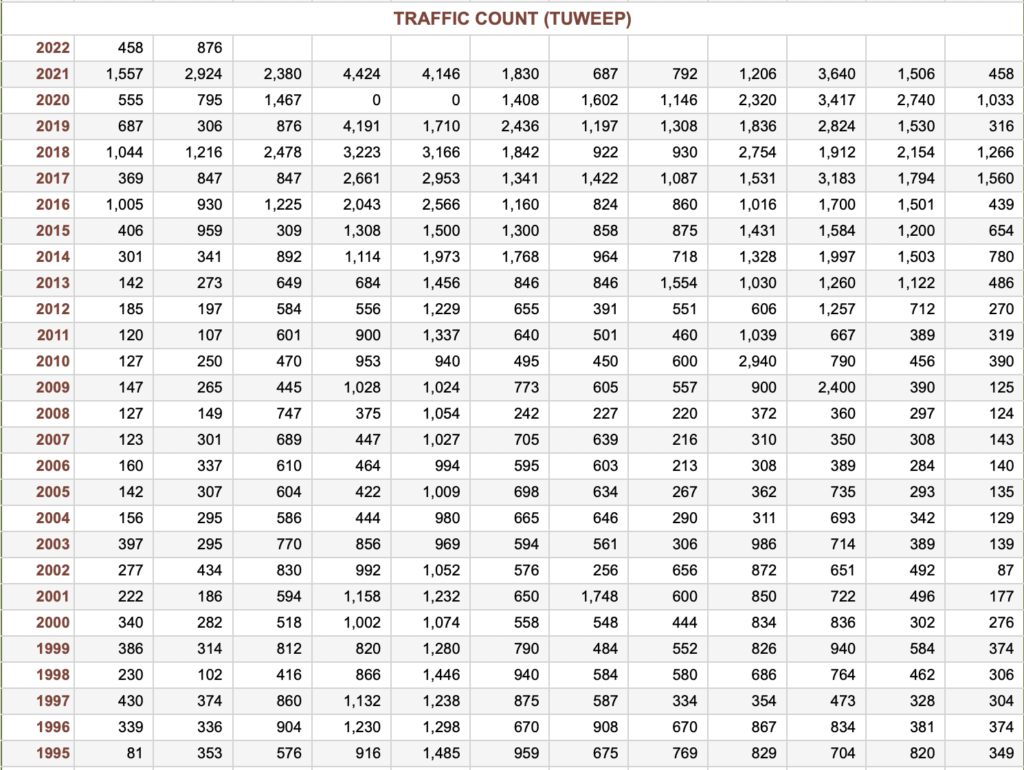
This is a fairly remote area of the Grand Canyon because most people still choose to visit the north or south rims. The Tuweep area provides a more secluded experience of the Grand Canyon that is only accessible from a 40 mile dirt road. The NPS description of the access conditions makes it clear that the primary users of this area are those with capable, 4WD vehicles, and local partners like UPLA have confirmed that UTV traffic is not permitted:
The Tuweep area is reached by one of three challenging and unmaintained single-lane dirt roads, which can take approximately three hours each way to navigate. The roads require visitors to travel in high clearance vehicles with reduced tire pressure, adequate fuel, and repair items like tire plugs and a bike pump. Seasonal weather conditions of summer monsoons and winter snow can make the roads hazardous and potentially impassable, which is why driving in muddy conditions is prohibited. After departing developed highways to the dirt roads, there’s no cellular or Wi-Fi service available, so towing or mechanical services may not be available. At Tuweep, there’s no water, gas, food, or lodging, and all trash must be packed out.
Correction: groups representing street legal OHV’s have confirmed that street legal OHV’s can access this route.
NPS is proposing to implement the reservation system contemplated in the 1995 plan. Their proposal is to limit day use access to 20 reservable permits that will be offered in addition to the existing backcountry camp permits. They will also require a $2 permit fee in addition to a regular park access pass.
As National Parks have become more popular, the Park Service is moving to adopt reservation systems as a means to restrict access to popular sites within National Parks. We think the move to limit public access to the public benefits of National Parks is an unfortunate development, and we believe NPS needs to come up with better options for managing impacts that don’t result in wholesale loss of public access to public lands.
It is a good thing more people are choosing to visit and recreate in the outdoors but the NPS is looking at it as a bad thing that needs heavy handed regulation. They should be using the financial resources that come from increased visitation to develop more trails, points of interest, parking lots, and diversified user experiences.
In the case of Tuweep, it is one of the very limited destinations that caters to the interest of off-road enthusiasts. Because of this, any reduction of access will be targeted and discriminatory to one user group that already has only limited opportunities for exploring National Parks. The access routes create a natural barrier that will prevent the masses that are naturally drawn to the more hardened, paved destinations within the park. It is true that the number of people who own capable 4×4 vehicles is growing significantly, but NPS should consider increasing carrying capacity and parking infrastructure near the site to accommodate this growth that has taken over 20 years to materialize.
The 1995 General Management Plan does acknowledge that this site requires accommodation for those with disabilities, and a permit system that restricts access to only 20 vehicles per day will disproportionately impact those with disabilities who have no other way to enjoy a primitive backcountry experience at the Grand Canyon. The 1995 General Management Plan needs to be updated to reflect the growth of motorized recreation as a means of access to the public benefits of outdoor recreation for those with mobility impairment disabilities.
The National Park Service recognizes that the carrying capacity of the site is 30 vehicles at one time. The proposed reservation system’s limitation to 20 vehicles per day doesn’t account for the fact that many users visit the site, stay for a brief period, then leave. We don’t think the use levels at their current levels require a reservation system. Especially in the 9 months that aren’t as busy as the three peak months of April, May and October. A reservation system should be based on a carrying capacity of 30 vehicles per hour. Assuming visitation could happen during an 18 hour window, this would make 540 permits available per day that would still be consistent with the levels set by the 1995 plan. At this level, even the busiest months are getting anywhere close to exceeding the limits set by NPS in 1995 for resource impacts. Quite simply, 20 vehicles per day, is unreasonable, and the public shouldn’t support such a severe restriction of access. If NPS recognized a more reasonable carrying capacity that is consistent with its 1995 plan, it would find that the reservation system is currently unnecessary.
It is also worth pointing out that in a recent planning effort to manage rock climbing in the Joshua Tree National Park, NPS recognized the importance of documenting “the history of climbing in Joshua Tree National Park by conducting inventories and identifying historically significant climbs/routes and completing a historic resources study of the history of recreational rock climbing.” This is an important development for the NPS to recognize that recreation-based experience are culturally significant. Before adopting a severely restrictive reservation system for Tuweep, NPS should analyze the cultural significance of off-road recreation access to this site. Any loss of access will necessarily also result in a net subtraction of value from the cultural significance of the Grand Canyon experience.
We encourage all of our members to share their feedback with the NPS using our action alert tool below. If you have visited the area, be sure to include your personal experiences with visiting this area, so the Park Service can gain a broader understanding of the cultural significance of the site.
You can read the NPS documentation at the following links:
- https://www.nps.gov/grca/learn/news/tuweep-day-use-civic-engagement-2022.htm
- parkplanning.nps.gov/projectHome.cfm?projectId=105366
- https://www.nps.gov/grca/planyourvisit/tuweep.htm
Please submit a comment by April 6 to let the NPS know that these reservation/fee systems are detrimental to public land use and discriminate against those who don’t have the privilege of making plans months in advance.

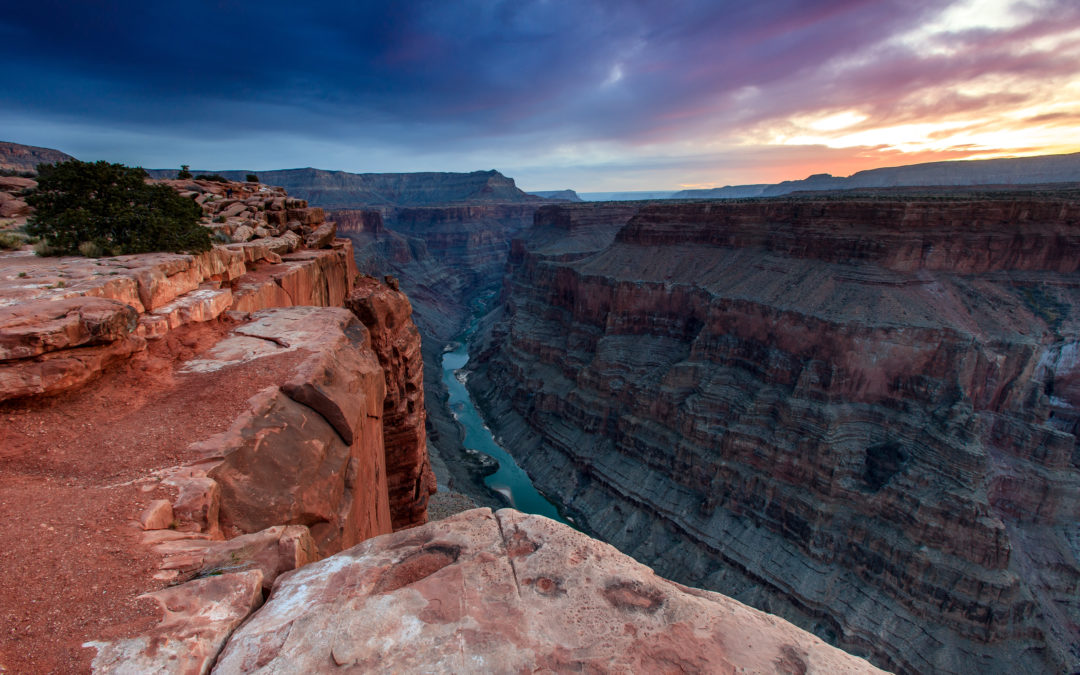
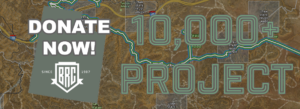

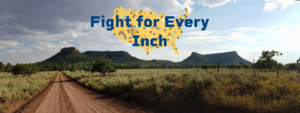
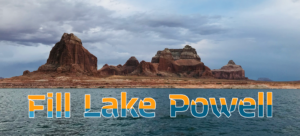
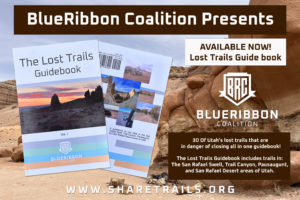
I am an avid visitor of Tuweap. While I support limiting the crowds within the National Park, It seems that 20 vehicles per day is a low number when the acknowledged capacity of the area is 30 vehicles per hour. Please reevaluate the permit number to provide a limit that is more conducive to a realistic amount that still allow a fair number of the public to enjoy their National Park.
I am writing to express my concern about the NPS considering a 20 car per day limit on the Toroweap Overlook area of the Grand Canyon NP. I visit this site often. So much so, that I know the name of the volunteer on duty at any particular time. I have visited this site 5 times this year and 7 times last year. It is a highlight for my out of town visitors. Most visitors also stop at the Trumbull Schoolhouse and Nampaweap.
In my visits I have never seen more than 5 4×4 vehicles there at any one time. Usually one or two. The exception was last week when a group of 7 ATVs were there. It is my understanding that ATVs are not supposed to even use this area. Regardless, the area has adequate restrooms, picnic tables and a very limited area to hike and take pictures. Most people are rarely there more that an hour. With the length of this trip and other sites to visit, you simply cannot spend much more time than that. I have never felt it was crowded. So why is this limitation suddenly appear to be an issue? It is unnecessary and unreasonable.
Our National Parks were created for our people to see and use. This limitation is such an unnecessary action with no rational basis.
I would be happy to take any NPS decision makers on a comfortable tour to see for themselves how the usage of this area is really utilized.
Thank you
John Riley
I live in the area and drive out to Toroweap Overlook quite frequently. I wish it to remain open to whenever i or anybody wishes to visit the place. This place is fairly remote and does not need a reservation system.
As older citizens we enjoy our side by side because of health issues this is our outside enjoyment and any restrictions or closures to these beautiful areas would be drastic for us.
Your last paragraph included something I thought I would have to add. As they close or limit more areas so the 4WD community has less areas to run, those areas still available will become over used. In the process then the next thing that will happen there will be complaints that those areas are being overused and will become closed or limited more. The old domino theory!
I also live in the area and occasionally travel to Toroweap and all the comments are so true. I especialy like the Schneider’s comment. I wouldn’t be surprised if the wilderness groups are helping draft these plans with the NPS. For older folks (like me) and people with disabilities aren’t there laws to protect us from these types of public land limits and closures.
I personally use these areas for a few hours every couple of years and have for about 20 years. It’s time for ALL federal agencies to quit taking the easy way out by closing/making access difficult and start fixing perceived problems.
Poor planning indeed. As a retired senior hiking is no longer an option for me or my wife.
We visit the area from Oregon about every other year or so. We use a side x side to travel where it is allowed. We have never seen the area over crowded in fact, there has only been a few vehicles parked there when we have visited.
Please reconsider your plans that would limit the number of daily users. We also don’t want to travel from Oregon only to find it difficult to get permits to recreate in the area.
As a visitor of this site I am only there less than an hour and have yet to see more than three other vehicles. People come look and leave this is not a crowded place at all.
I have visited the north rim and Arizona Strip area many times. Please delay making a decision to limit access until you take a few more years of data. Everyone knows that the Corona virus shutdown of America caused a swell of outdoor use. As we get back to normal, it’s likely that outdoor visitation will also return to normal. Citing the past three years as the reason to reconsider a permit system seems premature. This isn’t about the fee. Visiting National Parks and using Reservation.Gov to reserve campsites has become difficult, requiring me to become an expert at “timing” the system just right to get a permit. What will it be like if we have to get a permit at the Grand Canyon? Surely it will be more difficult. Please wait a few years to see if the wave of use passes.